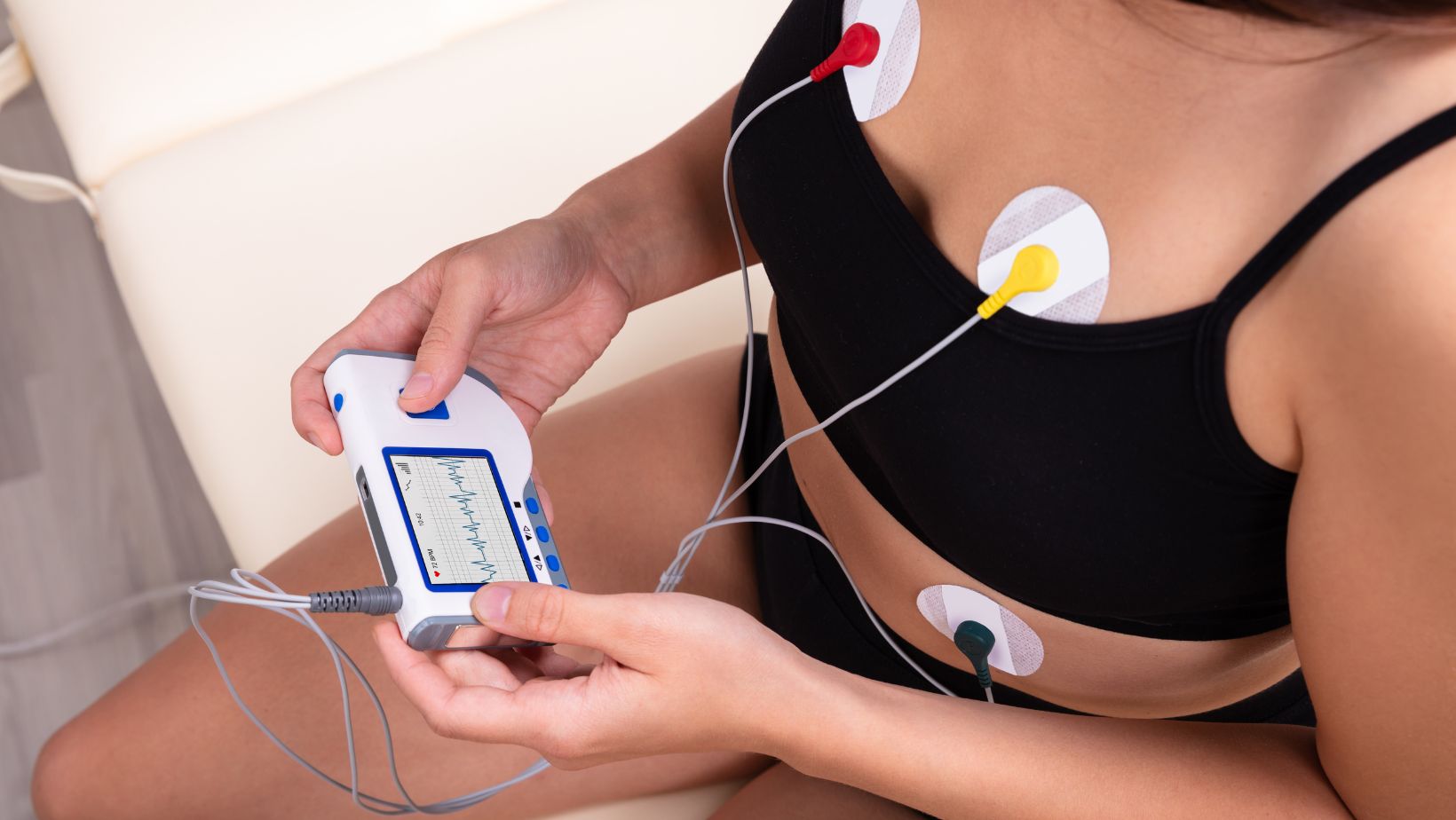The World Health Organization (WHO) defines health equity as a state where everyone can realize their full potential for health and wellbeing. True health equity exists only when all groups, regardless of sex, gender, ethnicity, disability and sexual orientation, have access to systems that help them access quality healthcare.
To this end, the Institute of Healthcare Improvement has developed the Quintuple Aim. This framework aims to enhance patient experience, population health and healthcare teams’ wellbeing while lowering medical costs. The question remains as to how close nations are, especially the US, to meeting the Quintuple Aim. Considering the amount it spends on health, the US is lagging behind other industrialized countries when it comes to access to care and health equity. Its obesity rates, suicide rates, infant and mortality rates and deaths by assault are worryingly high, while its life expectancy is at its lowest. Thankfully, technological advances can help to improve health outcomes. By embracing technology and jumping on trends that will dominate the health sector, it becomes easier to accomplish the Quintuple Aim.
Below we explore the future trends that will heavily influence healthcare in the coming years. Here are some of the top trends to watch out for:
Wearable Monitoring Devices
Wearables have been trendy for a long time, and that will not change anytime soon. By 2032, the wearable medical device market is expected to reach over $240bn. Activity monitors, smartwatches and other devices that track and collect user health and fitness data all fall under the wearables category. Not only do these devices help to forecast certain medical conditions, but they also help streamline virtual healthcare consultations. Note that some portable medical equipment can provide doctors with real-time data, which supports more personalized monitoring and delivery of care.

For stakeholders, and especially manufacturers, there are still some hurdles that prevent the widespread adoption of these gadgets. One is the overall cost, given that batteries and other accessories may need to be replaced often. Some can also be intrusive, going off every few minutes or so, while others can be damaged easily. There are also generic wearables that are not compatible with some phone models. Targeting these issues for next-generation wearables will be crucial in ensuring almost universal usage.
3D Printing
Additive manufacturing or 3D printing has several promising applications. For remote and economically underdeveloped areas, 3D printing can be a game-changer, especially in healthcare. From prosthetics to implants to surgical instruments and more, 3D printing can make these medical devices more available and affordable to the masses.
Compared to traditional manufacturing methods, 3D printing is not limited by volume production requirements to be cost-effective. Personalized devices can be printed in small batches. Prosthetic limbs, for example, can be customized cheaply. Hospitals and clinics can also buy and operate 3D printers to meet the demand or even place orders with an on-demand manufacturing company using open-source designs.
In addition to prosthetics, 3D printing can also be used to create surgical guides, which help improve operating accuracy, precision, success rates and recovery times. 3D-printed anatomical models can be made readily accessible for teaching and training in classrooms and hospitals. Keep in mind that testing kits, microscopes and other medical equipment and supplies can also be 3D printed, which can be a massive help in remote areas without large hospitals and laboratories.
Generative AI
To understand how fully the health sector is embracing technology, one only needs to look at how healthcare areas are utilizing generative artificial intelligence (AI). From patient engagement to clinical decision support, generative AI is implemented almost everywhere.
Electronic health record companies, and many health IT vendors, are at the forefront of pushing generative AI functionality. They are enticing healthcare organizations to take advantage of digital assistants that can streamline administrative tasks, aid clinicians in assessing patients and empower patients to learn as much about their condition(s) as quickly as possible.
Despite this, end users are cautioned not to rely on AI completely. Vendors of AI technologies should be carefully evaluated, and internal policies should be thoroughly checked. It is also recommended that regular compliance audits be performed alongside working with experts and industry partners who can help with the implementation and deployment of AI-based tools and processes.
Healthcare Chatbots
Speaking of AI, chatbots have become a staple in customer service, and they are also starting to change the healthcare landscape. Providing prompt replies based on user-shared data, medical chatbots can offer relevant information and advice, aiding organizations that may be short-staffed or have limited resources.
While most patients still prefer consultations with actual doctors, healthcare chatbots can be the best alternative for those who may have sexual symptoms or sensitive health conditions that might be embarrassing to talk about. If anything, chatbots can help people seek medical advice earlier, helping patients avoid missing opportunities for early treatment, which can have a significant impact on their overall health.
On the flip side, chatbots are not 100% accurate. They may provide incorrect information, leading to negative experiences causing patients to lose trust in the whole system. Hospitals and other healthcare organizations are encouraged to view chatbots as a complement rather than a replacement for professional health management. There are also data privacy issues to consider before deploying chatbots as part of offered health services.
Blockchain in Care Services
Patient data is sensitive information, and blockchain can be used to secure it. By encrypting patient records while simplifying access for healthcare providers, blockchain technology is now a must for protecting sensitive medical data.
Another way blockchain is indispensable to the healthcare industry is the transparency that can be applied to the pharmaceutical supply chain. Through it, a drug’s entire lifecycle is recorded from manufacturing to shipping, until it ends up on the patient’s doorstep. With a transparent supply chain, the industry can prevent counterfeit drugs from entering the market.
Cloud Computing
Similar to previously mentioned trends, cloud computing has been around for years, but it will continue to be relevant for the healthcare sector. Without cloud computing, telehealth, electronic medical records (EMR) and other digital health applications would be impossible to execute.
For organizations that have yet to utilize the cloud for data management, it is worth studying how self-managed data systems compare. From costly hardware maintenance to scalability limitations to challenges in data accessibility and collaboration, non-cloud systems are at a considerable disadvantage.
Meanwhile, those who have moved to the cloud enjoy greater collaboration and accessibility among different facilities. They are also less vulnerable to cyberattacks and are more likely to comply with HIPAA standards since there are systems in place that help protect patients’ data. It is understandable that some healthcare organizations may find maintenance services for a cloud-based IT infrastructure prohibitive. The good news is there are pay-as-you-go services that help solve this problem. Overall, it is better to invest in a cloud solution than to stick with a self-managed data system.
E-Learning for Healthcare Workers
Despite the resumption of face-to-face classes, online learning is here to stay. For healthcare students and professionals, e-learning offers a way to manage their studies while meeting their continuing education goals and even obtaining a new degree.

Online learning for healthcare students comes in many forms, including live lectures, pre-recorded lessons and webinars. One of the biggest advantages for students is that this learning mode allows distance learners to thrive. They do not need to relocate, and they can study at their own pace, resulting in less stress, especially for those who already have full-time jobs. For instance, Online Accelerated Second Degree BSN programs from reputable institutions such as the University of Indianapolis typically include 100% online coursework. Nursing students who have earned a bachelor’s degree in an alternate field can learn the basics, plus clinical skills, in as little as 15 months and transition into nursing without having to move to another state.
Virtual Reality (VR) and Augmented Reality (AR)
With a market that is projected to reach almost $20bn by 2030, virtual and augmented reality projects are going to be indispensable to the healthcare industry. For medical staff, VR can enhance the learning experience by providing immersive and realistic simulations. Staff can hone their skills minus the usual risks to patients since VR environments are controllable. Surgical procedures, for example, can be perfected without working on live patients. VR can also help emergency room healthcare teams, allowing them to simulate various high-pressure scenarios. This, in turn, can improve critical decision-making.
As with 3D printing, VR and augmented reality can also assist healthcare students with learning human anatomy and physiology. Unlike traditional textbooks or lectures, interactions with different organs and systems can help students understand difficult medical concepts and retain information better.
Mental Health Apps
The effect of social media and smartphone technology on mental health is well-documented, but technological advances and innovative medical devices have also made it possible for those suffering from mental health issues to obtain access to faster and better care.
Thanks to mental health apps, users now have a means to track their mood, access guided meditations and book therapy sessions. While not a replacement for professional care, these applications can offer real-time support with personalized content. Combining traditional treatments with mental health apps, and clinicians using AI in their practice, signifies a paradigm shift in how the sector approaches mental health management.
Telemedicine and Remote Patient Monitoring
Many credit telemedicine for keeping them safe, especially during the height of the pandemic. Post-COVID-19, telehealth services are evolving. According to healthcare experts, the next phase of telemedicine is remote patient monitoring (RPM).
At the moment, telehealth has certain limitations, particularly in diagnosing. While related services are cheap and convenient, diagnosis through telemedicine is ineffective as it often requires testing. RPM can bridge this gap, as it essentially brings the clinic to the patient’s home. In addiction treatment, for example, patients with opioid-use disorders can do drug screens from where they are. They can then virtually consult with their providers to get their prescriptions. With this option, recovering patients will likely be more compliant with their treatment plans.
Automation in Healthcare
From scheduling to diagnosis, follow-up care and billing, automation is a trend all healthcare leaders should stay on top of if they want to improve the quality of care they provide while lowering their costs.
Especially for administrative tasks, automation is an ideal solution. When repetitive tasks are taken care of, staff can focus on other pressing functions that require a human touch. Many tasks, such as claims, billing and scheduling, can be automated. Even triage can be partially automated to support the healthcare team better and prevent burnout. Automation can also save money by reducing medical errors. One example is an AI tool that can analyze electronic health records (EHR) to spot unusual prescriptions.
Medical Robotics
A discussion about advanced medical treatments would be incomplete without mentioning surgical robots. These robotic systems have revolutionized healthcare by increasing precision and reducing invasiveness. Thanks to robots, surgeons can perform complex procedures with greater accuracy and efficiency, which enhances patient outcomes.
In the coming years, medical robots will be powered by AI, machine learning, AR, haptic feedback and other cutting-edge technologies. The only challenge is making these systems more affordable, especially to underserved communities. Training is also a factor as surgeons will need specialized guidance to utilize these machines fully.
The Future is Already Here
Timing is everything with technology trends. Healthcare leaders should know when to take advantage of trends to improve the delivery of care for their patients and to help their organizations thrive in a constantly changing landscape. They must also know which trends may be risky, considering that some pose a threat to security and patient privacy.
Policy reforms are also needed to reduce friction as technological advancements interface with healthcare services. Ultimately, the goal is to improve patient outcomes without incurring hefty costs. These growing technologies are not here to replace people and, therefore, should not be treated as something to be afraid of. For organizations that fail to see these trends for what they are, falling behind is the likeliest conclusion.


